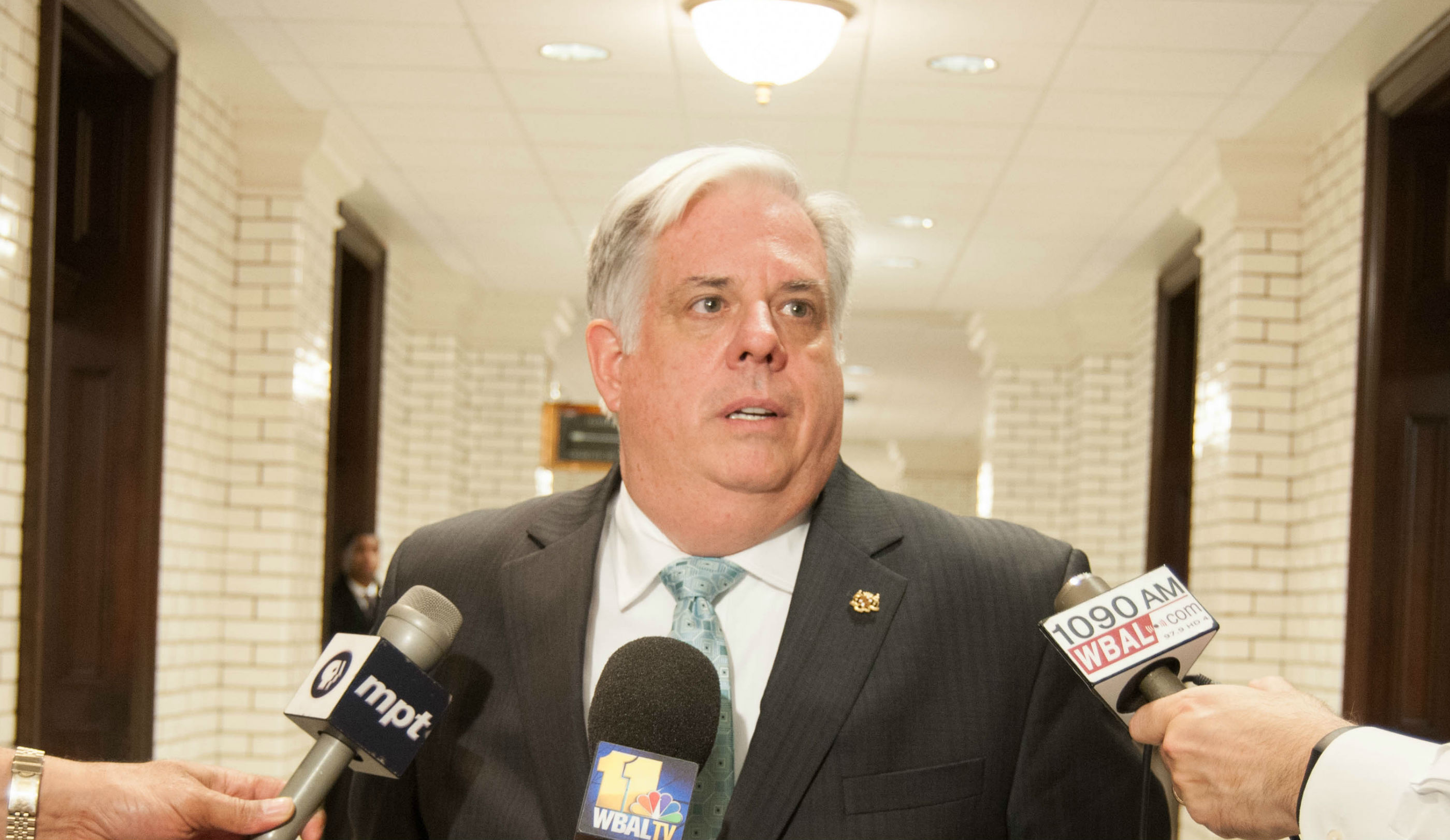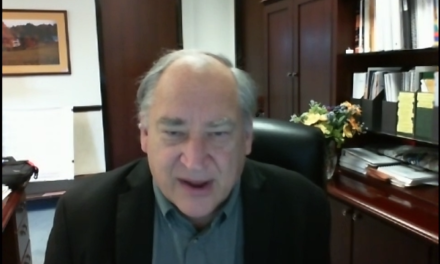By Len Lazarick
Len@MarylandReporter.com
The woman at the Republican club in Perry Hall didn’t believe me about the governor’s budget.
She admitted she got most of her news from a conservative radio station, and she’d heard Gov. Larry Hogan was not going to get most of what he wanted from the legislature in his budget. Was that true?
Actually, it’s not true. About 98% of the budget approve by the legislature is what Hogan himself submitted Jan. 22.
He and the legislature have been arguing about the other 2%. Now 2% of a $40.5 billion budget is $800 million, so it’s not just chump change. Here at the end of the 90-day session, it’s only about $200 million that’s in dispute, though lawmakers have “fenced off” considerably more on programs such as mass transit so Hogan can’t spend it on other things.
The state budget was long in the works before Hogan took office. Since the election he has repeatedly said he has significant control over only about 20% of spending. The rest is mandated programs such as school aid, entitlements like Medicaid, and programs no one would think of curtailing — prisons, universities, highways, the elderly in nursing homes on Medicaid.
The margins cause intense arguments
Hogan and the legislature are arguing about the margins.
That’s not to say that the arguments aren’t intense, frustrating, perplexing and even significant. It was all those things Thursday afternoon, when Hogan, House Speaker Michael Busch and Senate President Mike Miller seemed to have stopped talking to each other and were communicating via press conferences.
The governor had submitted a third supplemental budget, and Busch said he got his copy from a reporter. It contained none of what the House of Delegates wanted, and Miller was disappointed too.
By Friday afternoon, the temperature seemed to have cooled down as the budget conference committee approved some items that looked like Hogan’s priorities — boosting aid to non-public schools and pension contributions. House committees were also finally acting on some of Hogan’s modest legislative agenda for tax relief.
The three finally met Saturday morning, but from the reports they gave it sounded like they were at different meetings.
Harmony or discord by midnight
By Monday midnight, we will find out whether they can harmonize on the same page, or if discord will prevail. Busch and Miller have scheduled an unusual joint news conference Monday morning to discuss the budget situation.
House Democrats found it difficult to fathom that Hogan would actually deny them the extra school aid they have fenced off — even though that was exactly the spending plan he proposed in January that had $6.3 billion for public schools. They wanted $120 million more, not much in the scheme of things. That’s $120,000,0000 on top of $6,300,000,000.
Hogan wanted to rescind a 2% pay increase for state employees. The legislators, in conference committee, decided to make that raise a permanent part of the employees base pay, even if Hogan chose not to actually spend the $70 million on the workers. This permanently notches up payroll for years to come.
Hogan’s last budget request was to restore the $75 million in extra pension payments the state had promised to put in the state pension system, but the legislature cut yet again.
This sounds like a lot of money, and back peddling on a underfunded retirement system to boot.
But it is only 3% of what the state, its employees and public school teachers will put into the pension fund in fiscal 2016 — close to $2.5 billion more into a system now worth about $45 billion. In 2014, this fund paid out $3.1 billion to retirees but gained over $5 billion on investments.
The legislature has promised to put up to $50 million more into the pension system if there is enough of a surplus at the end of the year. At the moment, that is not expected to materialize.
The key sticking point between Hogan and legislators is less the pull and tug on next year’s spending but where it leaves the budget in coming years.
Hogan’s initial plan cured the structural deficits — promised spending that exceeds expected revenues — not just for fiscal 2016 but for two more years beyond, and with no new taxes.
That would have allowed him to propose more tax relief in the future than the piddly amounts he asked for this year.
By putting the pay raise into law and increasing the benchmark for schools, the legislature undid that plan. If Hogan insists on his quick cure for the deficits, and rejects the extra spending demanded by lawmakers from big counties that didn’t vote for him, he may find even more intransigence on tax relief in coming years.







For many years during the recession, state employees had to take an unpaid furlough. The 2% pay increase, effective this past January, was an attempt to recompense them for hanging in there. To snatch it back after just four months seems pretty Scrooge-like to me. Not exactly a morale builder–or don’t we care about our state employees?
But, the State Employees’ Pension Plan is being shorted to give the employees the 2% raise and to fund education which received increased funding in this budget !
So given this, which State Employee is cared about more… Active or retired ?
Also, what about non-governmental employees who lost their jobs, had hours cut, took lower paying jobs, etc. ?
I have no sympathy for government employees !